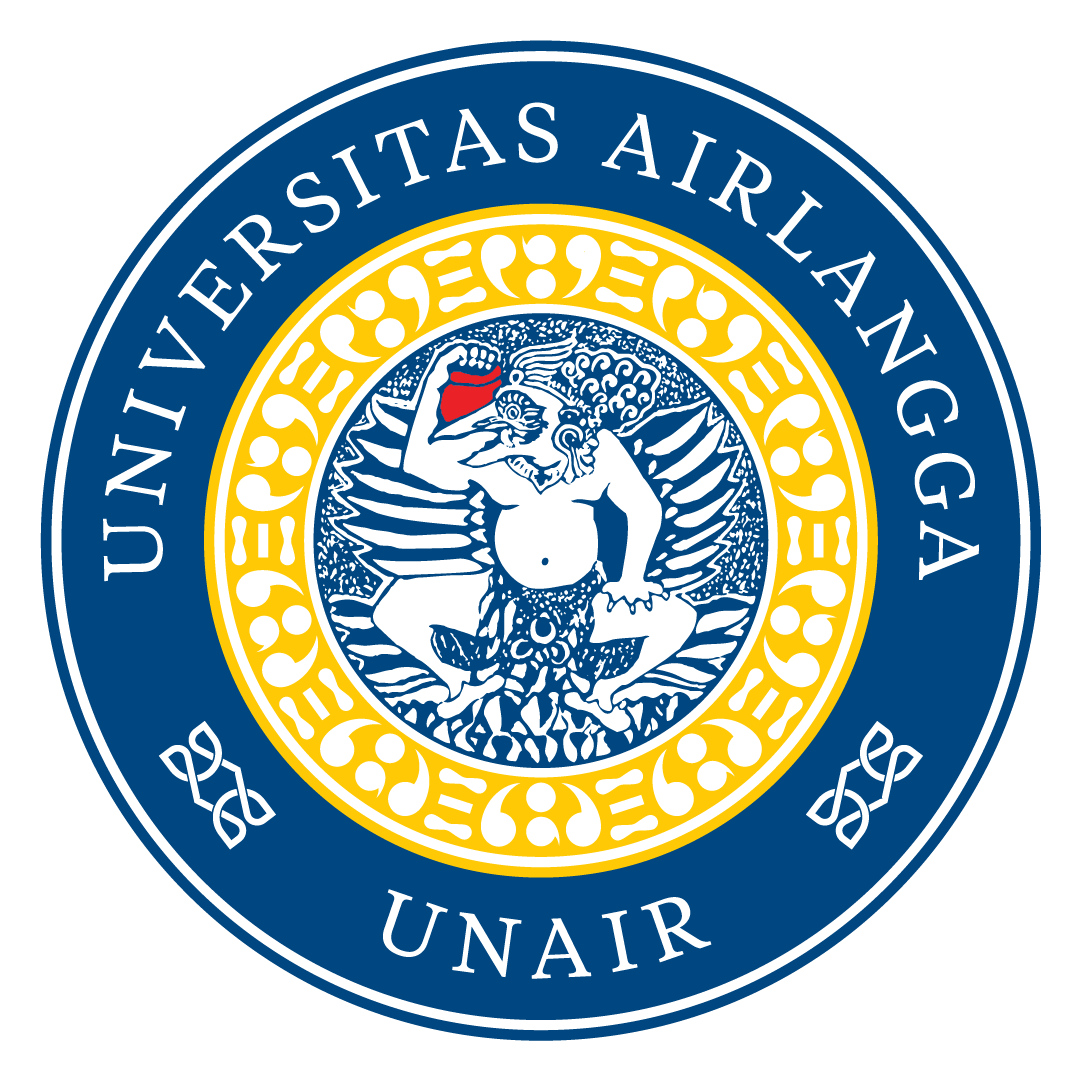{:id}
UNAIR NEWS – Tuberculosis (TB) merupakan salah satu penyakit yang cukup banyak ditemui di Indonesia. Dengan angka kasus mencapai 1,2 juta jiwa meninggal akibat penyakit ini. Menurut data yang dirilis oleh WHO, Indonesia menempati peringkat 3 sebagai negera dengan penderita TB terbanyak di dunia.
Melihat kondisi yang seperti itu, ketiga mahasiswa Teknik Biomedis Universitas Airlangga, ialah Inten Firdhausi Wardhani, Rofi Mega Rizki Samudra, dan Katherine (2016) mengajukan proposal Program Kreativitas Mahasiswa bidang Penelitian Eksakta (PKM-PE) yang berjudul “Prospek 3D Printing dalam Pembuatan Scaffold Tulang sebagai Penghantar Obat Spinal Tuberculosis”.
Mengenai karya tersebut, Inten selaku ketua tim mengatakan bahwa di era Revolusi Industri 4.0 yang sedang hangat dibicarakan belakangan ini, sangat ada peluang untuk membuat suatu inovasi guna mengatasi masalah tersebut. Untuk itu, Inten dan tim ingin memanfaatkan teknologi 3D printing yang merupakan salah satu dari lima teknologi utama yang menopang sistem industri 4.0 sebagai alat untuk mencetak perancah tulang (bone scaffold).
“Proposal penelitian ini berhasil mendapatkan dana hibah yang diberikan oleh Kemenristekdikti melalui program PKM tahun 2018. Berbekal dana tersebut kami melakukan pengembangan ide proposal tersebut di Laboratorium Fisika Material, Fakultas Sains dan Teknologi UNAIR,” jelasnya.
Selanjutnya, Inten juga mangatakan bahwa pengembangan yang dilakukan berupa bone scaffold hasil3D printing yang diinjeksikan pasta IBS didalamnya. Bone scaffold, jelasnya, merupakan teknologi yang telah banyak dikembangkan di ranah rekayasa jaringan sebagai ‘rumah’ untuk tumbuhnya jaringan tulang yang baru.
“Dengan menggunakan teknologi 3D printing, bone scaffold dapat didesain sesuai dengan bentuk kerusakan tulang sehingga dapat bermanfaat sebagai penunjang sementara jaringan tulang yang rusak akibat bakteri,” paparnya.
Selai itu, lanjut Inten, bahan yang digunakan juga terbukti aman dan akan terdegradasi oleh cairan tubuh. Pasta IBS sendiri, jelasnya, berperan sebagai pengisi sekaligus obat antibiotik untuk spinal tuberculosis.
“Keduanya akan menjadi kombinasi yang sangat efektif untuk mengatasi spinal tuberculosis dengan menggantikan struktur tulang belakang yang rusak akibat bakteri, sekaligus melakukan penghantaran obat secara lokal,” jelas Inten.
Pada akhir, Inten juga mengharapkan bahwa teknologi yang ia ciptakan bersama tim dapat menjadi terobosan baru yang lebih efektif untuk mengatasi spinal tuberculosis.
“Sebagai tambahan, Scaffold 3D printing yang digunakan juga telah terbukti sebagai metode yang efektif, efisien, dan murah jika dibandingkan dengan metode pembuatan scaffold tulang lainnya,” pungkasnya.
Penulis: Tim PKM-PE Spinal Tuberculosis
Editor: Nuri Hermawan
Sumber: UNAIR News
{:}{:en}
UNAIR NEWS – Tuberculosis (TB) is a disease which is commonly found in Indonesia, with 1.2 million people died of TB. According to the data released by WHO, Indonesia is ranked 3rd as the country with the most TB patients in the world.
This condition inspired three Biomedical Engineering students of Universitas Airlangga, Inten Firdhausi Wardhani, Rofi Mega Rizki Samudra, and Katherine (2016) to submit a Student Creativity Program (PKM) proposal for the exact research category entitled “The Prospect of 3D Printing in Bone Scaffold Making for Delivering Spinal Tuberculosis Drug”.
Regarding her team’s work, Inten as the team leader said that in the era of Industrial Revolution 4.0, there is a great opportunity for innovation to overcome the problem. For this reason, Inten and the team want to use 3D printing technology, which is one of the five main technologies supporting the industrial 4.0 system as a tool for printing bone scaffold.
“This research proposal succeeded in getting a grant provided by the Ministry of Research, Technology, and Higher Education through the PKM program in 2018. With this grant, we developed the proposal idea at the Material Physics Laboratory, UNAIR Faculty of Science and Technology,” she explained.
Furthermore, Inten also said that the bone scaffold developed from 3D printing was injected by IBS paste. Bone scaffold, she explained, is a technology that has been developed in the field of tissue engineering as a ‘home’ for the growth of new bone tissue.
“By using 3D printing technology, the bone scaffold can be designed in accordance with the form of bone damage so that it can be useful as temporary support for bone tissue damaged by bacteria,” she explained.
Inten also said that the material used has also been proven to be safe and will be degraded by body fluids. IBS paste itself, she explained, acts as a filler as well as an antibiotic drug for spinal tuberculosis.
“Both will be a very effective combination to overcome spinal tuberculosis by replacing the spinal structure damaged by bacteria while working as local drug delivery,” explained Inten.
In the end, Inten also hoped that the technology she created with the team could be a breakthrough with better effectiveness in spinal tuberculosis.
“Moreover, the used 3D printing scaffold has been proven to be effective, efficient and inexpensive compared to other methods of making bone scaffold,” she stated.
Author: PKM-PE Spinal Tuberculosis Team
Editor: Nuri Hermawan
Source: UNAIR News
{:}

